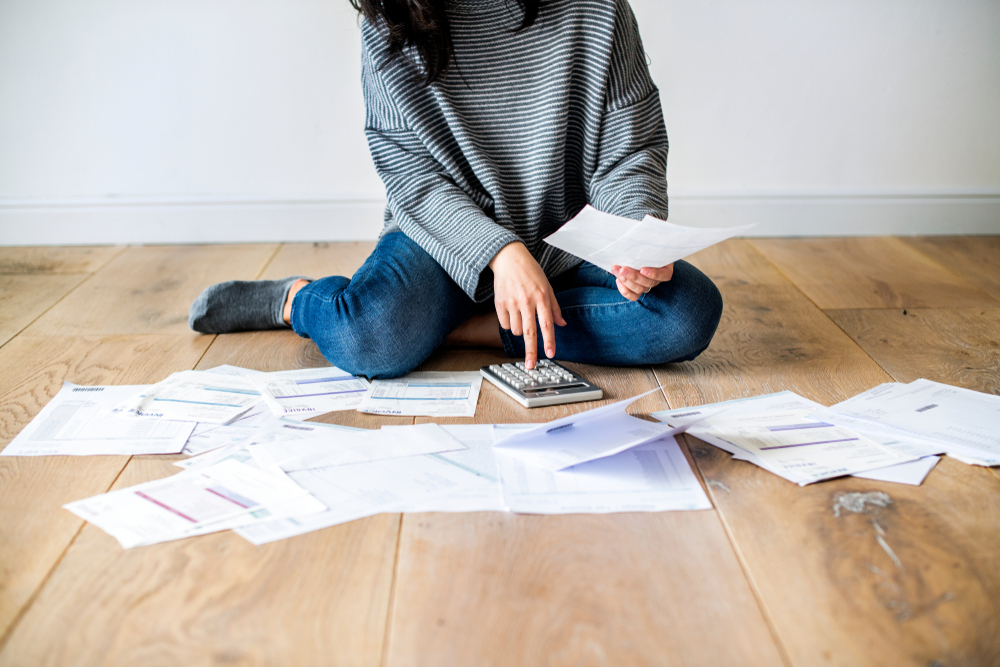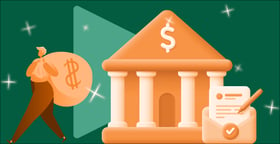To most Singaporeans, all debt is bad. It’s money you owe, and that’s never something we look forward to.
In reality, things are a little more complicated. There is, after all, a reason why people take loans for their houses even when they can pay afford to pay everything in full. It’s because not all debts are equal -- some are good debts, and some are bad debts. Here's how to tell the difference between good debt and bad debt.

What is good debt?
A debt is often defined as good when it's an effective use of leverage. Without overcomplicating things, consider this example:
Say you borrow S$2 million to buy a house, which is valued at S$2.4 million (you cannot borrow 100% of the value). With a 30-year loan tenure, at an interest rate of around 1.7 to 1.9%, monthly repayments will be around $7,500 a month.
To most people, this might be too much of a heavy financial burden to take on.
To a savvy property investor, this might be a good investment opportunity. A competent landlord might take such a loan because he or she realises that the property can generate at least S$9,000 in rental income every month.
In effect, the landlord would be making S$1,500 each month from the house, even after covering the loan repayments.
After 30 years, the landlord sells the house for S$3.5 million, because its value has appreciated. The difference between the buying and selling price yields a profit of around S$1.1 million. On top of that, 30 years of rental income (assuming no vacancies) would have yielded S$540,000.
This is the thinking behind “good debt”. It is a form of debt which more than pays for itself.
Examples of good debt
Generally, good debt is an investment with returns that exceed the debt and its repayments. In the above example, the investment is property. In other cases, the investment may be assets such as stocks and bonds, or gold.
Here are some other examples of good debt:
Education loans
While a university degree may be costly, it can provide career opportunities that will repay the education loan many times over. For example, many people accept the high costs of a law degree, because a lawyer’s income over just three to five years should be more than enough to repay it.
Business loans and investment loans
Businesses often need capital to start up, or to expand. Once the business is able to scale and thereby increase revenue and profit, it will be able to repay the cost of the loan, with interest, many times over.
Using the same logic, individuals can also take personal loans for investments, and it will be considered a good debt when the investment generates more returns than the cost of the loan.
Note, however, that none of the above outcomes are guaranteed. A business that takes a loan, and then fails to turn a profit, would have raised its financial burdens. An education loan sometimes doesn’t pay off in the immediate term (for example, an oversupply of graduates in the workforce may make it hard to find a job).
As for investments, there's always an element of risk. Houses do fall in value, as do stocks, bonds, and commodities like gold.
In general, however, if the investments work as expected, the debt incurred to acquire them is considered good debt.
What is bad debt?
Bad debt is a sunk cost that offers little chance of generating returns. The money used to repay bad debts is simply lost.
An example of this is incurring credit card debt to buy a new game console. As an electronic device, there's no chance you will be able to resell it at a profit. Nor will the console directly generate income (unless, of course, you use it to train and become a successful professional e-gamer). In fact, it may cost you more money because you also buy games for it.
Note that some bad debt may be unavoidable in life. You may need to take a loan for medical reasons, or if you face litigation. The key is to ensure that you incur bad debts only under these necessary circumstances.
Avoid incurring bad debt for luxury items, such as taking loans to buy a luxury handbag or a car you know you cannot usually afford. In both cases, they offer little chance of generating any positive return.
If you have no choice but to acquire bad debt, avoid using a cash advance from credit cards. The interest rate is too high at 25.9% per annum, and you often have to pay a cash advance fee.
Instead, find a personal loan with a lower interest rate (about 6% per annum) and a manageable instalment plan. This will encourage you to pay back the loan on time so your debt doesn't snowball.
Read This Next:
5 Warning Signs Your Debt is Out of Control
What Really Happens When You Can't Pay Your Credit Card?
Similar articles
Is a Luxury Watch a Good Investment for Singaporeans?
Is It Better to Pay Off Debt or Save Money?
Is a Debt Consolidation Plan Right For You?
The Difference Between Good And Bad Business Debt
Thinking of Taking on Additional Debt? 6 Things to Ask Yourself First
4 Ways You Are Accumulating Debt Without Knowing It
Banks, Pawn Shops, Money Lenders: What’s the Difference?
The Most Popular Retirement Planning Methods in Singapore










